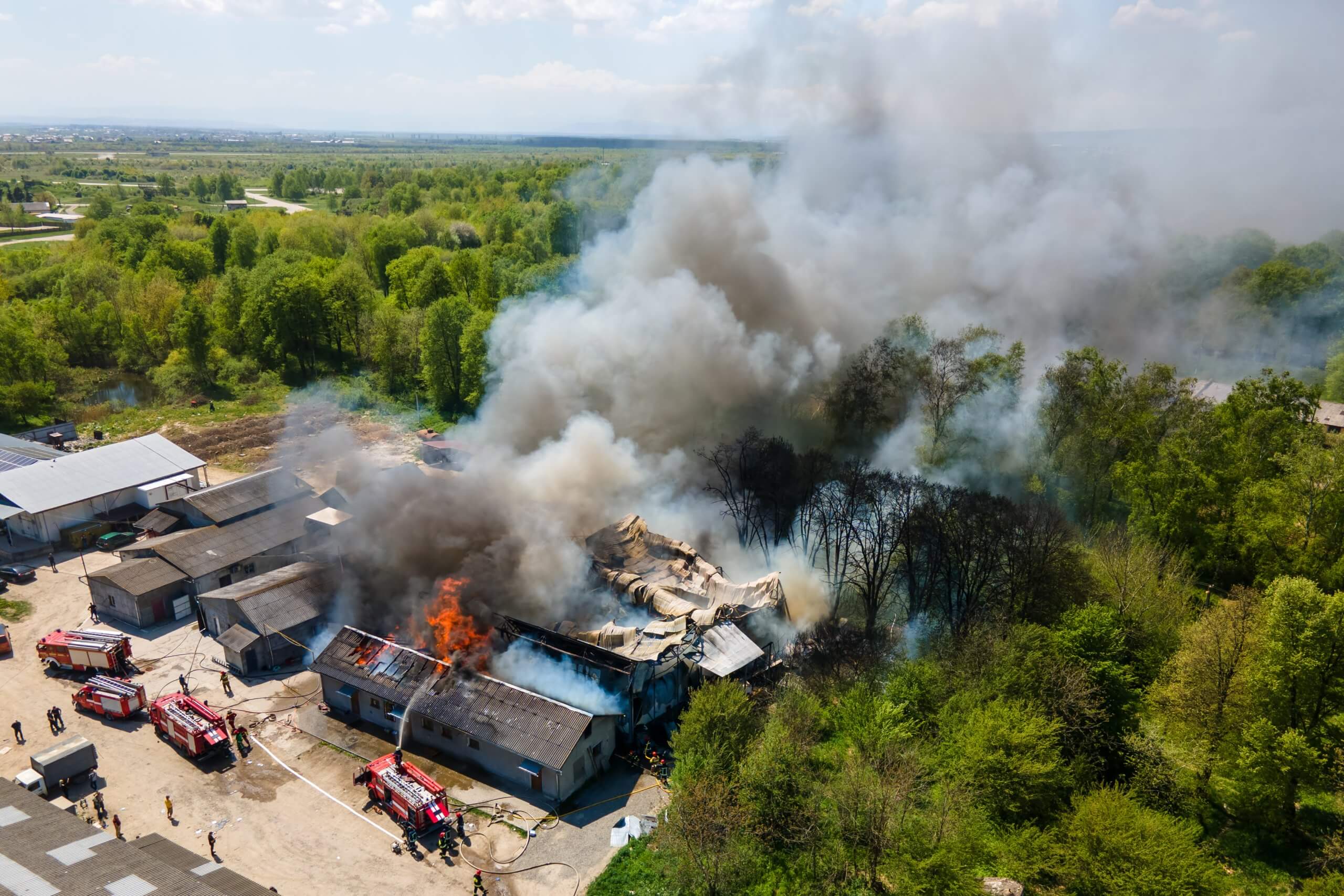Fires in buildings are known to cause significant damage to the environment and encourage already rising pollution levels – sometimes even a far distance away from the catastrophe.

Fires in buildings are known to cause significant damage to the environment and encourage already rising pollution levels – sometimes even a far distance away from the catastrophe.

Fires in buildings transpire at a perilously high rate, impacting far more than just the building and its occupants. The influence it has on environmental, social and economic factors is not something to be ignored.
Not only can fire cause smoke, but it can also affect water and soil. And while firefighters should be commended for their dedication, their actions can also generate levels of pollution or unsettle the origin of pollution.
Smoke and flames are often what most people will immediately associate with the dangers of fire. While flames are responsible for burning valuable construction, smoke is the overall cause of death from asphyxiation.
In an environmental sense, flames can burn animal habitats and plant life surrounding a building. Smoke can also form a layer over plants, limiting the number of photosynthesis plants need to stay alive. The toxic substances spread by smoke can be absorbed by trees and plants through the roots and leaves, killing the surrounding nature required for a better environment.
Firefighters will be unaware of what substances or materials are inside a burning building until they reach the location. A small fire in a large building could pose a much bigger risk than initial inspection – it could be the one room where harsh chemicals are stored.
Without knowing the possibilities, important precautions must be taken to prevent environmental damage as much as possible. Although with the amount of time available it is quite a difficult task to complete. As long as the fire is put out promptly and efficiently, environmental damage should be limited.
The efforts to extinguish a fire as quickly as possible are crucial to the safety of those involved, but the risk of hurting the local environment often gets overlooked. Most fires are extinguished using large amounts of water, which is incredibly effective but will also seep into the ground if preventative containment measures are not followed before a potential fire. The effect of pollution will depend mostly on what materials burn during the fire, but equally, even non-toxic materials can kill living organisms depending on the level of concentration in the water.
Firefighters will have studied immensely to fully understand every detail of safety when putting out fires, and saving lives becomes their full-time responsibility. But even after such in-depth training, no one can promise smooth sailing in the event of a devastating fire.
A firefighter’s natural instinct is to save any forms of life in the burning building before even thinking of the environment. While entirely understandable, failure to follow procedures and protect the environment could have serious consequences, some potentially sticking around for years.
Building occupants should consider implementing numerous safety measures to ensure as much protection as possible while waiting for firefighters to arrive on the scene. Essential measures such as fire or smoke curtains can keep a fire locked in one area with less risk of spreading.
Coopers Fire has worked closely with leading architects to develop innovative, high-performance methods of protecting buildings and their occupants from fire since 1983. Get in touch with us today to learn more about how our fire curtains can protect your building from burning – preventing as much of an impact on the environment.